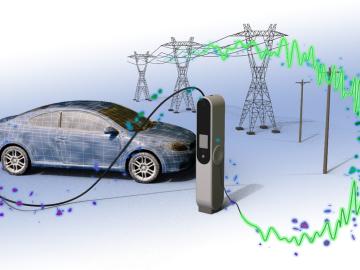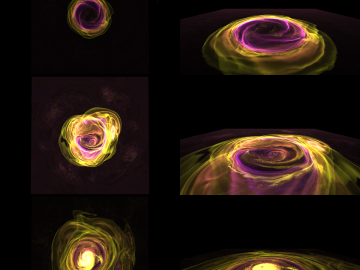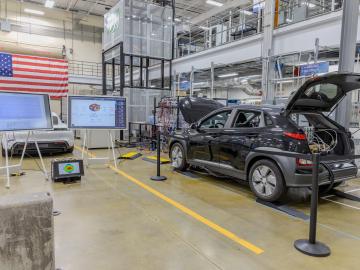
Filter News
Area of Research
News Type
News Topics
- (-) Composites (10)
- (-) Microscopy (9)
- (-) Nanotechnology (6)
- (-) Neutron Science (36)
- (-) Polymers (6)
- (-) Security (7)
- (-) Space Exploration (7)
- (-) Transportation (23)
- 3-D Printing/Advanced Manufacturing (40)
- Advanced Reactors (10)
- Artificial Intelligence (46)
- Big Data (35)
- Bioenergy (20)
- Biology (21)
- Biomedical (15)
- Biotechnology (8)
- Buildings (26)
- Chemical Sciences (22)
- Clean Water (9)
- Computer Science (73)
- Critical Materials (5)
- Cybersecurity (3)
- Education (2)
- Emergency (3)
- Energy Storage (19)
- Environment (50)
- Exascale Computing (26)
- Fossil Energy (4)
- Frontier (20)
- Fusion (13)
- Grid (18)
- High-Performance Computing (40)
- Hydropower (1)
- Isotopes (15)
- ITER (2)
- Machine Learning (26)
- Materials (20)
- Materials Science (37)
- Mathematics (7)
- Mercury (1)
- Microelectronics (1)
- Molten Salt (1)
- National Security (32)
- Nuclear Energy (29)
- Partnerships (27)
- Physics (13)
- Quantum Computing (17)
- Quantum Science (25)
- Simulation (23)
- Statistics (2)
- Summit (19)
Media Contacts

ORNL’s Erin Webb is co-leading a new Circular Bioeconomy Systems Convergent Research Initiative focused on advancing production and use of renewable carbon from Tennessee to meet societal needs.

An international team using neutrons set the first benchmark (one nanosecond) for a polymer-electrolyte and lithium-salt mixture. Findings could produce safer, more powerful lithium batteries.
The Neutron Scattering Society of America, or NSSA, recognized Oak Ridge National Laboratory’s Ke An and Ken Herwig as fellows for their outstanding contributions to neutron scattering.

ORNL researchers are working to make EV charging more resilient by developing algorithms to deal with both internal and external triggers of charger failure. This will help charging stations remain available to traveling EV drivers, reducing range anxiety.

Scientists at ORNL have developed 3-D-printed collimator techniques that can be used to custom design collimators that better filter out noise during different types of neutron scattering experiments

SkyNano, an Innovation Crossroads alumnus, held a ribbon-cutting for their new facility. SkyNano exemplifies using DOE resources to build a successful clean energy company, making valuable carbon nanotubes from waste CO2.

College intern Noah Miller is on his 3rd consecutive internship at ORNL, currently working on developing an automated pellet inspection system for Oak Ridge National Laboratory’s Plutonium-238 Supply Program. Along with his success at ORNL, Miller is also focusing on becoming a mentor for kids, giving back to the place where he discovered his passion and developed his skills.

Astrophysicists at the State University of New York, Stony Brook and University of California, Berkeley, used the Oak Ridge Leadership Computing Facility’s Summit supercomputer to compare models of X-ray bursts in 2D and 3D.

An experiment by researchers at the Department of Energy’s Oak Ridge National Laboratory demonstrated advanced quantum-based cybersecurity can be realized in a deployed fiber link.

A team of researchers at ORNL demonstrated that a light-duty passenger electric vehicle can be wirelessly charged at 100-kW with 96% efficiency using polyphase electromagnetic coupling coils with rotating magnetic fields.


